Brick Pattern Designs
Paving with clay bricks and paver stones is a creative outlet for homeowners who enjoy designing intricate brick patterns. If you are paving a large driveway or backyard patio, bricks can add sophistication to plain surfaces. You can create patterns to compliment your home exterior and landscaping, or use your imagination to create a unique design. For large areas and brick walkways, repeating patterns will give your home exterior a distinctive style. For small areas, you can create non-repeating stand-alone brick designs.
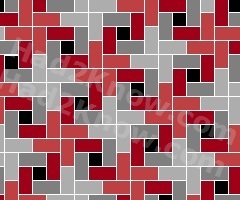
Sketch several patterns for brick designs using graph paper, or make a grid with a computer graphics program. Keep in mind the dimensions of the patio and the bricks. Typical clay bricks are slightly more than twice as long as they are wide, i.e., 2x1 rectangles. You can color two squares for each brick, and one square for each half brick when planning a brick design on graph paper.
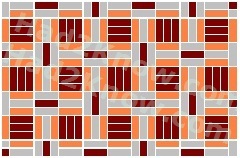
Bricks may come in other dimensions as well, such as 3x1 rectangles. Some brick patterns may turn out better with bricks that are longer than the standard 2x1 shape. Check building supply stores and landscaping companies to see what shapes and colors of bricks are available in your area.
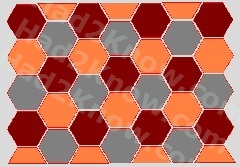
You are not limited to just rectangular bricks. Stone bricks and pre-cut pavers come in many more shapes. Hexagons are a tessellating shape that you can use to pave a driveway or patio with a simple repeating pattern. Trapezoids can also tessellate.
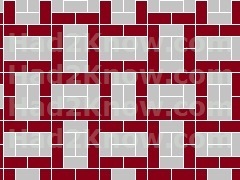
For a large area, you can create larger repeating patterns with brick. Experiment using two or three colors of brick. You can create spiral patterns, offset or staggered patterns, or variations of rectangular patterns.
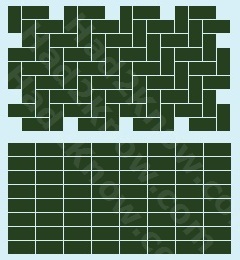
When planning how to lay the bricks for your patio, driveway, or walkway, you should try to arrange them so that adjacent bricks are not perfectly lined up with one another. Lay the bricks so that long sides meet short sides. This improves both the look and stability of the surface. For example, the herring bone pattern (top) is resists wear and tear better than the straight alignment (bottom). It is also more pleasing to the eye.
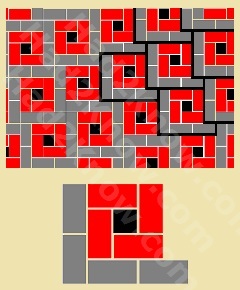
Determine which units are repeated within your pattern. This will help you avoid making mistakes when paving. Another trick to laying the design correctly is to arrange all of the bricks on the underlayment without cement, check that the arrangement is correct, and then cement them one by one.
Always buy spare bricks that are identical to the ones you laid, as well as extra mortar compound that matches the product you used. In case the surface gets damaged, you can replace the broken bricks to preserve the original design.
© Had2Know 2010
